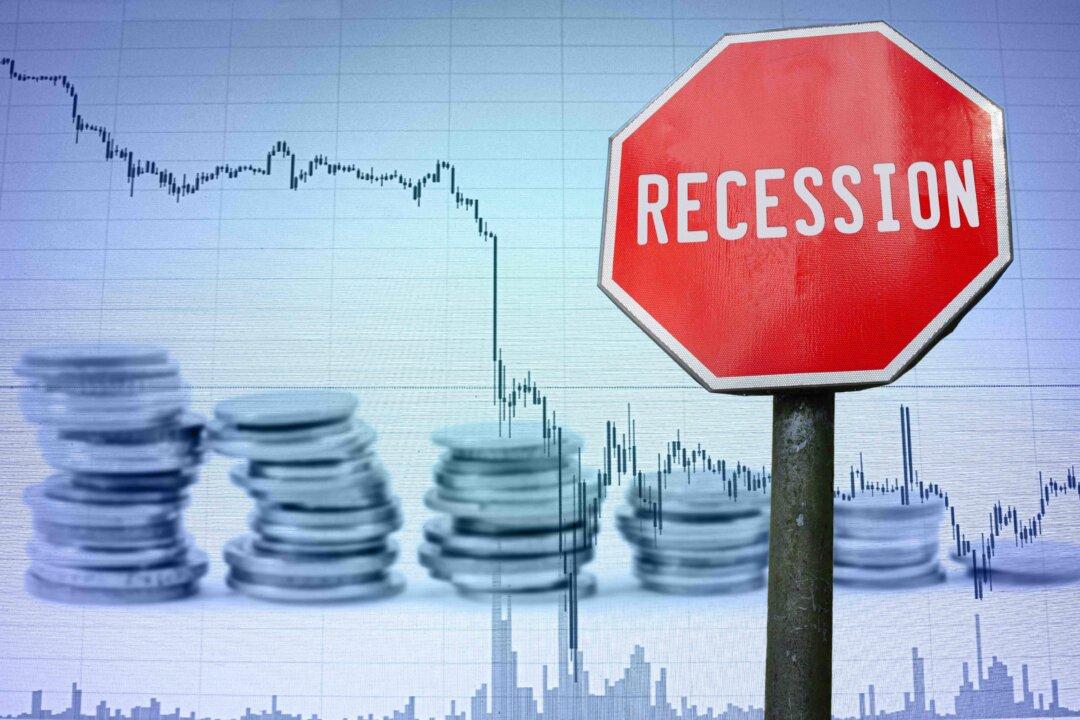Commentary
NEW YORK—GDP printed at -0.9 percent this morning, 1.4 percentage points worse than market expectations of +0.5 percent. We had estimated the GDP to print up between nil to 0.5 percent up in our June Jobs Report. We attribute the “miss” to a continuing anomaly from the ports being cleared, discussed more below.





